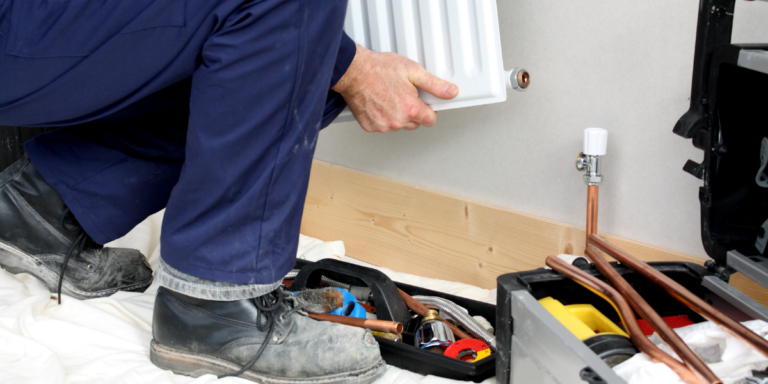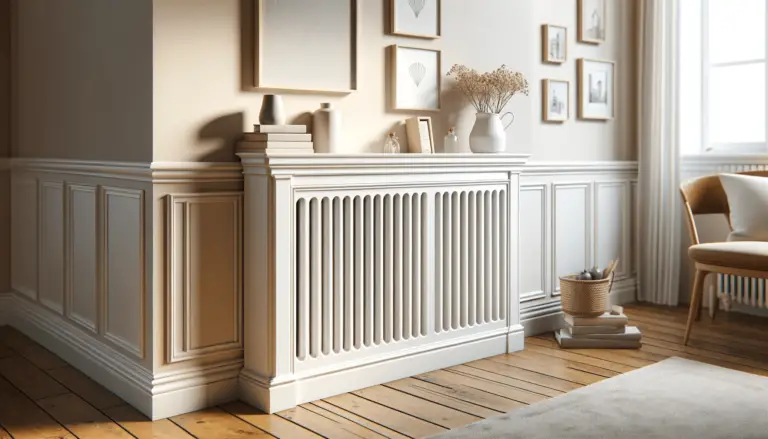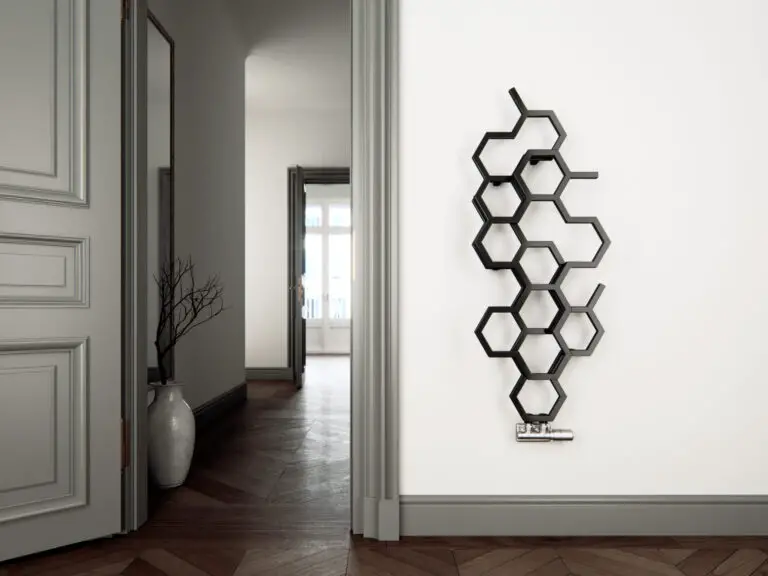If you’re thinking of measuring your radiators for a replacement, then it’s important to understand how to measure the replacement unit and make sure it fits your space perfectly. In this guide, we’re going to talk you through the various measurements you need to make in order to find the perfect fit for you and your home.
How easy is it?
Measuring your radiator really is a straightforward task that anybody can do at home. Simply follow our advice and we’ll guide you through the process.
How long does it take?
Measuring a radiator really doesn’t take long at all. You’re first time should take around 10 minutes but once you’ve got the hang of it the first time you’ll be whizzing around all the radiators in your house in no time.
Before You Start:
If the radiator you have has worked so far, and it meets up with your demands, then the biggest tip we can give you is to simply match your replacement unit to your old radiator. Get a unit that has a similar size and shape as your old one.
This goes a long way for making all jobs related to repairs, replacements, and maintenance easier. With a unit you already know and trust you won’t have to educate yourself on new functionalities, nor will you need to alter your plumbing.
It’s also worth noting that most modern radiators and technical specifications are measured in millimetres, not centimetres or inches, so make sure to note down your measurements in MM.
Turn the heat off.
You can turn the radiator off either directly from your boiler, or through your radiator’s valves. If the unit doesn’t have a thermostatic valve – that’s the one with the dials that control the temperature – they shut off the lock-shield valve. Let the unit cool otherwise you might end up burning yourself while taking measurements.
What Tools Do I Need?
All you’ll need for this task is your trusty tape measure, a piece of paper and a pen.
The 5 Most Important Measurements To Take:
- Radiator Height
- Radiator Width
- Pipe centres
- Wall-to-back distance
- Wall-to-face distance
1. Measure The Radiator Height
This one’s pretty self-explanatory – simply grab your tape measure and find the lowest point of your radiator, then drag the tape up to the highest point.
Make sure that you’re measuring exactly vertically and not at an angle – the best way to do this is to line up the tape measure with the vertical indentations of the radiator.
2. Measure The Radiator Width
Repeat the step above. It’s as simple as taking a tape measure across the unit — from the furthest point of your radiator to the other side.

3. Measure The Radiator Pipe Centres
The pipe centres refer to the distance between the centre of the inlet and outlet of the radiator. They’re essential for the plumber to know because it determines the placement of your copper piping. So it’s really important to get right when measuring your radiator for a replacement.
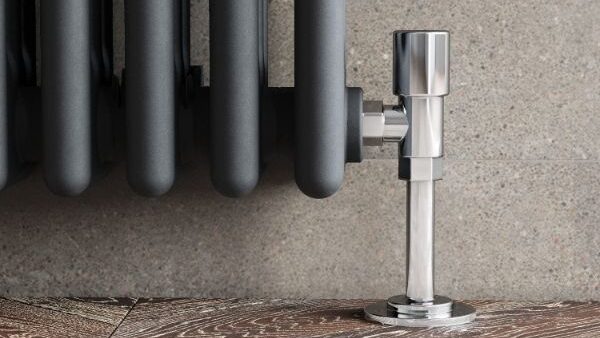
If you can match the pipe centres of your new radiator with your current radiator then you won’t need to re-arrange the copper piping that comes into and out of the radiator.
To do this measurement, you’ll need to take your tape from the center of the right-hand pipe inlet to the center of the left-hand pipe inlet. When shipping for a new unit, you’ll find that “pipe centre” measurements are one of the details marked within the product’s description – usually found under the technical specifications or within a product specification PDF download from the manufacturer.
4. Measure The Wall-To-Back Distance
Wall distance is the distance between your wall and your unit. This can help you work out how much space there will be left behind your unit before it is properly mounted.
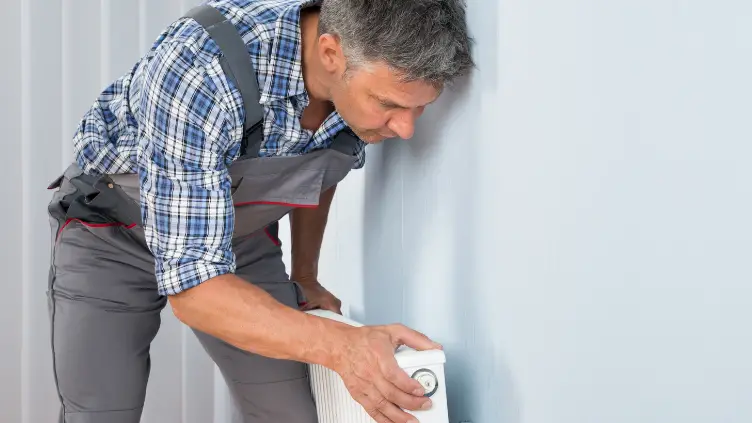
To measure this gap simply use a ruler or tape and measure the back of your radiator to the wall.
5. Measure The Wall-To-Face Distance
Another important measurement, the wall-to-front distance refers to the amount of space between the wall and the front of the radiator. In other words, how far into the room your radiator will protrude out into the room. This is really important if say, for example, you’re planning on putting a piece of furniture in front of the radiator.
Top Tips And Important Things To Consider
Bracket measurements
You may wish to also take note of the measurements for the brackets on your new radiator. These will be important if your wall has areas or obstructions that you’ll need to avoid whilst fixing the radiator to the wall. For example, if there are pipes or electrical wires running through the wall behind the radiator. You don’t want to drill a hole into the plasterboard where there may be electricity or water flowing so just make sure that the bracket placement will avoid any of these.
Radiator Covers
You might consider installing a radiator cover to conceal the hot surface from young children or simply just to change the look and feel or your interior design. For more information on measuring for a radiator cover check out our extensive guide.
BTU heat output measurement
When you’re fitting a new radiator, you will need to also consider the size of the radiator in terms of heat output. This is measured as BTU’s (British Thermal Units). By replacing your radiator with a unit that has less BTU’s than before you might find that the room will struggle to be heated sufficiently. Check out our radiator BTU calculator to find out exactly what size radiator you’ll need.



